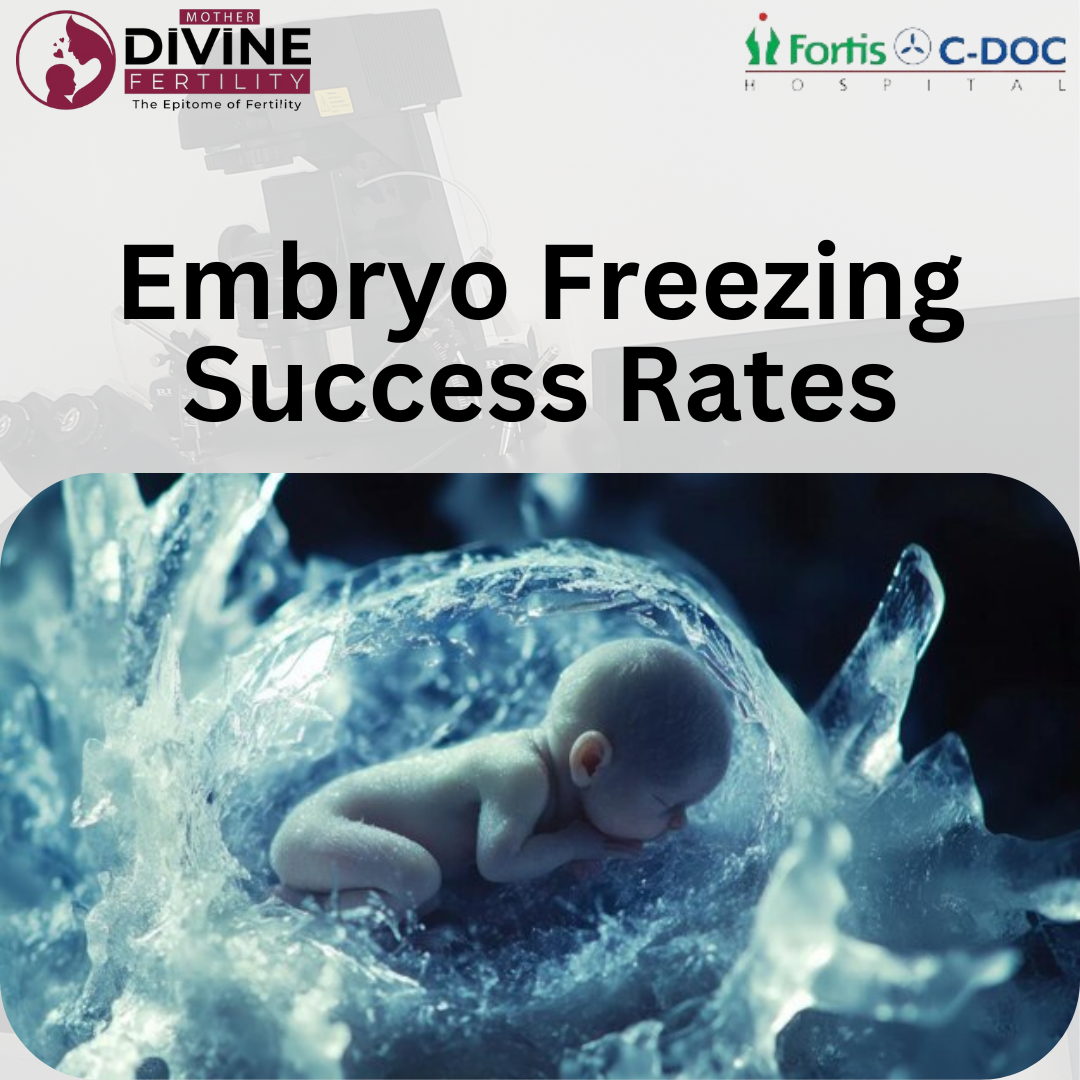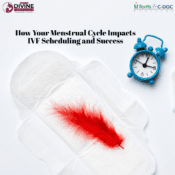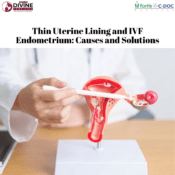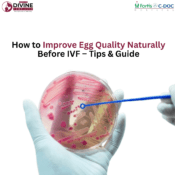

Embryo Freezing (Cryopreservation): Purpose & Results
Introduction
Advancements in reproductive technology have revolutionized the way couples and individuals approach family planning. One such breakthrough is embryo freezing (cryopreservation), a process that preserves fertilized embryos for future use. With increasing awareness about fertility preservation and the growing success of embryo freezing success rates, many individuals are considering this option to expand their chances of having a baby later in life. This article explores the purpose, process, benefits, and challenges of embryo freezing while answering common questions about its effectiveness.
What is Embryo Freezing (Cryopreservation)?
Embryo freezing, also known as embryo cryopreservation, is a fertility preservation technique used in assisted reproductive technologies (ART). It involves freezing and storing fertilized eggs (embryos) at extremely low temperatures, typically using a process called vitrification. This prevents ice crystal formation, ensuring better survival rates when thawed.
The Purpose of Embryo Freezing
Embryo freezing serves several purposes, making it a valuable option for couples and individuals who wish to delay parenthood while maintaining optimal fertility potential.
Preserving Fertility
Women undergoing in vitro fertilization (IVF) or those diagnosed with conditions like cancer can preserve their embryos for future use. Cancer treatments such as chemotherapy and radiation can damage fertility, and embryo cryopreservation provides an opportunity to conceive post-recovery.
Enhancing IVF Success Rates
Embryo freezing allows fertility specialists to transfer the most viable embryos, improving the chances of a successful pregnancy. If the first IVF attempt fails, frozen embryos offer additional attempts without undergoing another ovarian stimulation cycle.
Flexible Family Planning
Individuals or couples who are not ready for parenthood yet but want to keep the possibility open for the future can benefit from embryo cryopreservation. This flexibility is especially helpful for those prioritizing careers, education, or personal circumstances.
Backup Option
In many IVF cycles, multiple embryos are created, but only one or two are transferred to the uterus. Instead of discarding the remaining embryos, they can be frozen for future use, reducing the need for repeated egg retrievals.
The Embryo Freezing Process
Step-by-Step Explanation
- Ovarian Stimulation: Women undergo hormonal treatment to produce multiple eggs.
- Egg Retrieval: Mature eggs are collected through a minor surgical procedure.
- Fertilization: Eggs are fertilized with sperm in a lab, resulting in embryos.
- Embryo Development: The embryos are monitored for 3–5 days to assess their quality.
- Vitrification (Freezing): The healthiest embryos are rapidly frozen using liquid nitrogen.
- Storage: The frozen embryos are kept in cryogenic tanks at -196°C.
Long-Term Storage
A common question is, "How long can an embryo be frozen?" Studies have shown that embryos can remain viable for decades. The longest successful pregnancy from a frozen embryo occurred after 27 years. However, most clinics set storage limits based on medical, ethical, and legal considerations.
Results and Success Rates of Embryo Freezing
Survival Rates During Thawing
Advancements in vitrification have significantly improved embryo freezing success rates, with over 90% of embryos surviving the thawing process.
Pregnancy Success Rates
Frozen embryo transfers (FETs) have comparable, if not higher, success rates than fresh embryo transfers. In many cases, pregnancy success rates range from 50-60% per transfer, depending on embryo quality and maternal age.
Long-Term Studies
Long-term research shows that children born from frozen embryos have no increased risks of birth defects or developmental issues compared to those from fresh embryos.
Benefits of Embryo Freezing
- Higher chances of pregnancy in subsequent IVF cycles without additional egg retrieval.
- Lower cost compared to repeated fresh IVF cycles.
- Less physical strain on women since they can avoid multiple hormone stimulation cycles.
- Time flexibility for couples and individuals to plan their pregnancies.
Challenges and Considerations
Emotional and Financial Costs
While embryo freezing provides hope, it can be emotionally challenging, especially if a frozen embryo transfer (FET) fails. Additionally, the cost of storage and transfer procedures can be significant, making it essential to plan financially.
Ethical and Legal Concerns
Many wonder, "Is a frozen embryo a baby?" This is a topic of debate among medical and ethical communities. Some believe life begins at fertilization, while others view embryos as potential life. The decision of how frozen embryos are destroyed if they are no longer needed is another sensitive issue. Laws regarding embryo storage and usage vary globally.
Suitability for All Couples
While embryo freezing is an excellent option for many, it may not be ideal for everyone. Women with lower egg reserves or couples facing severe fertility issues may have different success rates. Consulting a fertility specialist is crucial to understanding individual suitability.
Who Should Consider Embryo Freezing?
- Couples undergoing IVF treatments who wish to preserve extra embryos for future use.
- Women delaying childbirth due to career or personal reasons.
- Cancer patients undergoing treatments that may impact fertility.
- Individuals with genetic disorders who may require preimplantation genetic testing.
Choosing the Right Clinic for Embryo Freezing
When selecting a fertility clinic, consider the embryo freezing success rate, technology, and expertise. If you are looking for the Best IVF Centre in Delhi, Best IVF Clinic in Delhi, Best IVF Centre in South Delhi, or Best IVF Centre in Greater Kailash Delhi, research clinics with high success rates and advanced cryopreservation techniques. Some of the best IVF centres in Delhi NCR offer cutting-edge technology to maximize embryo viability and pregnancy success.
Common Problems That Couples Face During IVF Treatment
Couples undergoing IVF often experience:
- Emotional stress due to failed cycles.
- Financial strain from repeated procedures.
- Multiple pregnancy risks from transferring multiple embryos.
- Hormonal side effects from medications.
IVF Success Rates and Age: Understanding the Key Factors
Age plays a crucial role in IVF success rates. Women under 35 have a higher chance of pregnancy compared to those over 40. Embryo freezing allows younger women to preserve their fertility, increasing their likelihood of successful conception later in life.
How a Couple with Male Infertility Achieved a Successful Pregnancy
For couples facing male infertility, embryo cryopreservation can still lead to a successful pregnancy. By using Intracytoplasmic Sperm Injection (ICSI), even men with low sperm counts can fertilize an egg, and the resulting embryos can be frozen for later transfer.
Conclusion
Embryo freezing (cryopreservation) is a powerful tool for preserving fertility, improving IVF success rates, and offering flexible family planning options. With high embryo freezing success rates, it has become a preferred choice for many couples and individuals. However, understanding the emotional, financial, and ethical implications is crucial before making a decision. If you're considering embryo freezing, consult a reputable fertility clinic, such as the Best IVF Center in Delhi, to explore your options and increase your chances of a successful pregnancy.





